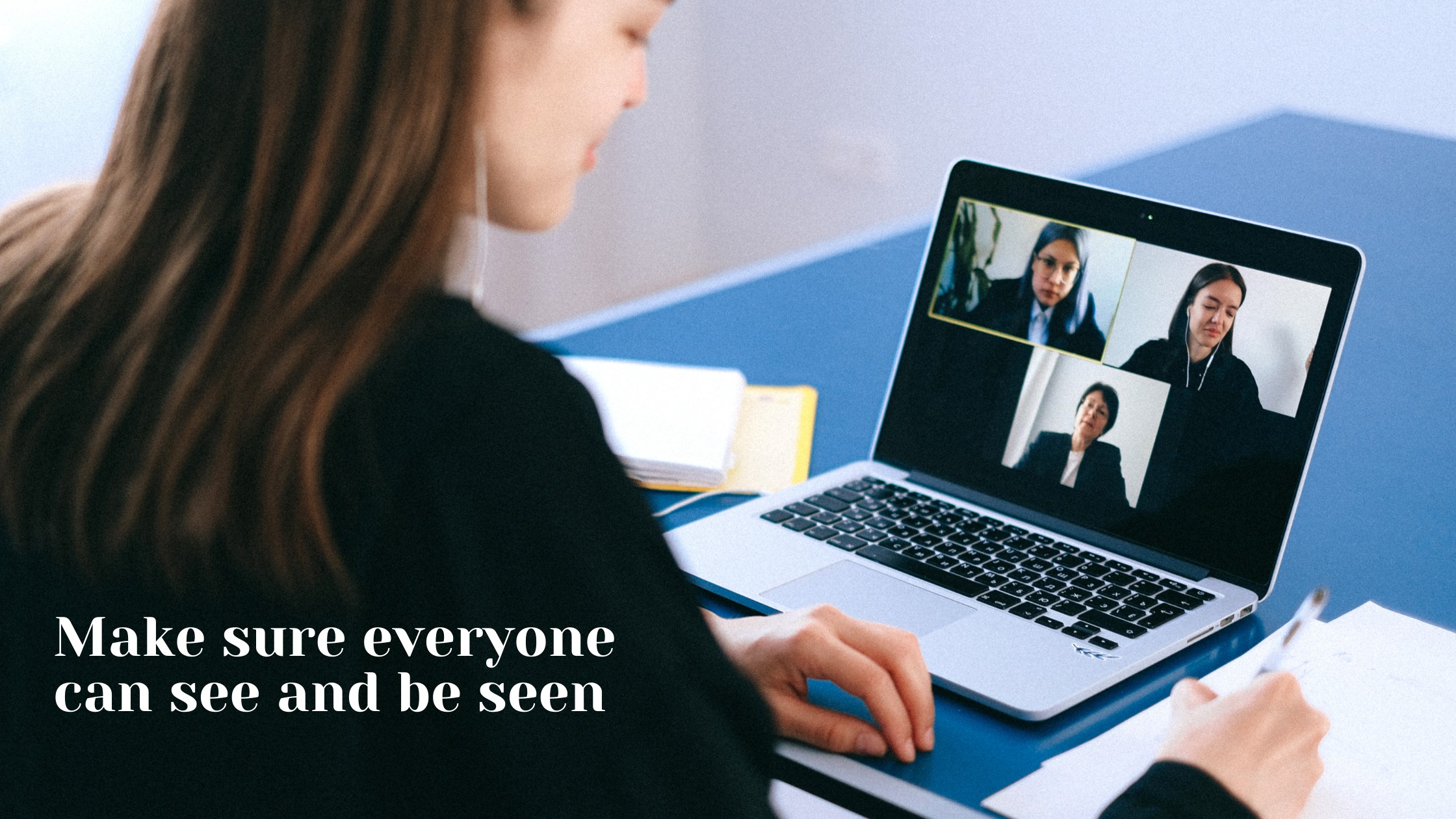Video conferencing is the new normal for businesses during this pandemic year of 2020. Fortunately, many organizations have discovered that popular video platforms such as Zoom allow them to maintain their efficiency and productivity -- but its effectiveness depends largely on how well your technological setup can handle it. If you’re unhappy with the way your video conferences have been going, consider the following strategies for improving them.

Make sure everyone can see and be seen. Has a member of your video conference ever had to go sound-only because their device isn’t equipped with a camera? This isn’t something you want to discover at the last second. Make sure that every member of your team has some way to establish a video connection for those visually-oriented presentations. If a device that you supplied to a team member doesn’t have a functioning camera, get it repaired or replaced.
Check audio in advance. Some devices have superb onboard microphones, while others need a little help from an external microphone or even a separate phone line. Ask every participant in your video conference to check their audio before the conference actually starts, adjusting levels or switching microphones as needed.
Optimize your connection. Participants who can’t maintain a fast, steady Internet connection may struggle with freeze-ups, audio dropouts, and other annoying glitches during your video conference. You can minimize this problem by asking all participants to use a hardwired (Ethernet) connection, which usually offers faster speeds and more robust signals than WiFi. If participants are still having trouble, ask them to close unnecessary applications so the video platform will have access to more memory and processing cycles.
You and your team members may need better hardware or network connectivity than you currently have for an optimal video conference experience. Contact our IT tech support team for an evaluation!

_NO_BCS_bigger_weird_green_clear.png?width=100&name=for-website_large(save-at-500-tall)_NO_BCS_bigger_weird_green_clear.png)


